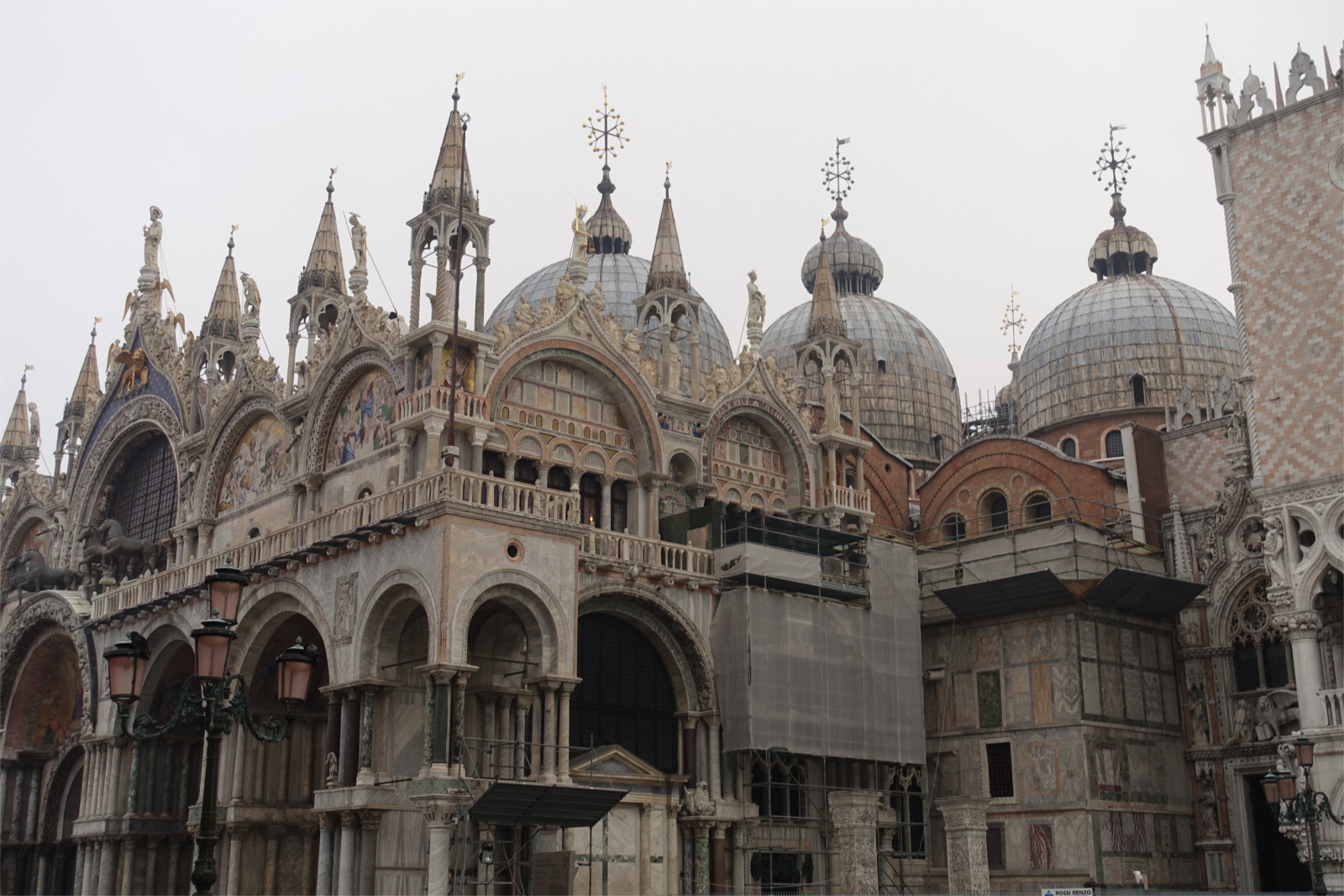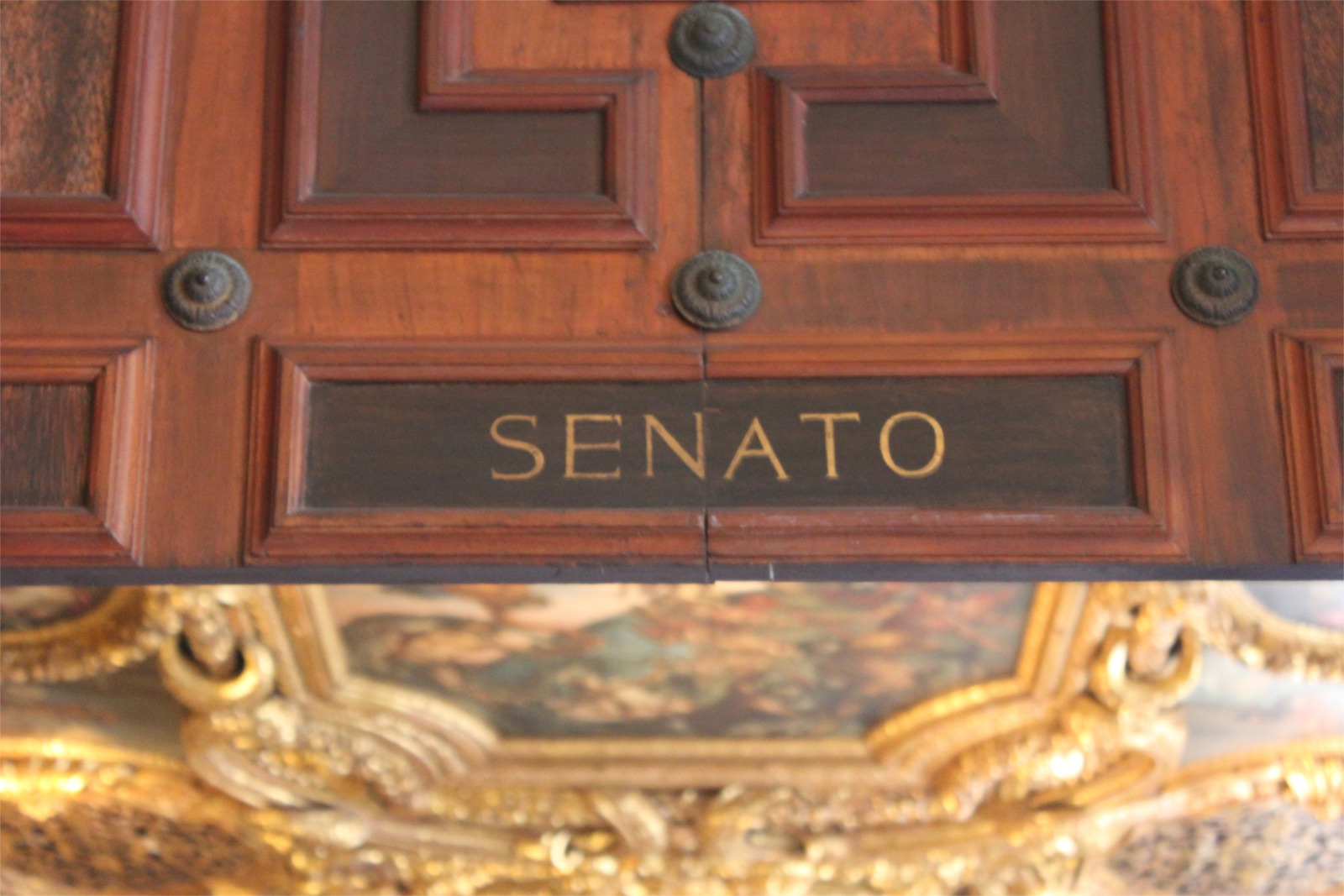Venice (Venezia)

ⅰ)Canals
From both sides of the canal you can see the Venetians’ palaces. They are large and a little dilapidated, like Italian magnificence. They are decorated in an unusual way that is not at all like Classical taste. Venetian architecture shows the influence of trade with the Orient.
(15-VII,284)
The silence is profound here, for the streets are canals, and the only interruption to an awful stillness is the sound of the oars. (15-VII)

The gondolas, gliding down the canals, are like coffins or cradles, the first and last resting places of man. (15-VII, 285)

ⅱ)A not soliberal republic
There was an aristocracy who sought popular favor, but sought it in a despotic manner by amusing the people without enlightening them. It was a very agreeable state for people who liked to be amused above all in a country where such tastes are fostered by the climate and fine arts, except in the lowest class of society. The people do not indulge in low and gross pleasures which debase the mind, but in music, painting, elocution, and fêtes, the government taking care of its subjects as a sultan does his seraglio. It commands them without appeal, as a woman who does not mix in politics and does not resist authority, but at this price it permits them many amusements and enough splendor. (15-VIII)
This would be a beautiful order if it had arisen from a love of law, but it was caused by a dread of the secret measures used by the government for the peace of the state. Strange to say, the prisons were in the Doge’s palace, under his own rooms. (15-VIII)

…look also at the great qualities that have made the Republic what it is and have inspired so much energy. This aristocratic grandeur, even if concentrated into a few souls, is the fruit of liberty, and these are as earnest for the good of the people as for their own, ever endeavoring to establish in their hearts virtues and rights which ought to belong to all. (15-IX)

Explanation
The Republic of Venice was a sovereign state and maritime republic in the northeastern part of the Italian peninsula. Lasting from 697 until 1797, it is the longest ever republican period to have existed. After being defeated by the Ottoman Empire, the Republic of Venice was later invaded by Napoleon Bonaparte in 1797 and then split into the Austrian Venetian Province, the Cisalpine Republic, a French client state, and the Ionian French department of Greece. Venice eventually became part of a unified Italy in 1866. The remarkably stable aristocratic institutions of the Serenissima contributed to its political stability over a millennium, with Staël referring to the Senate.